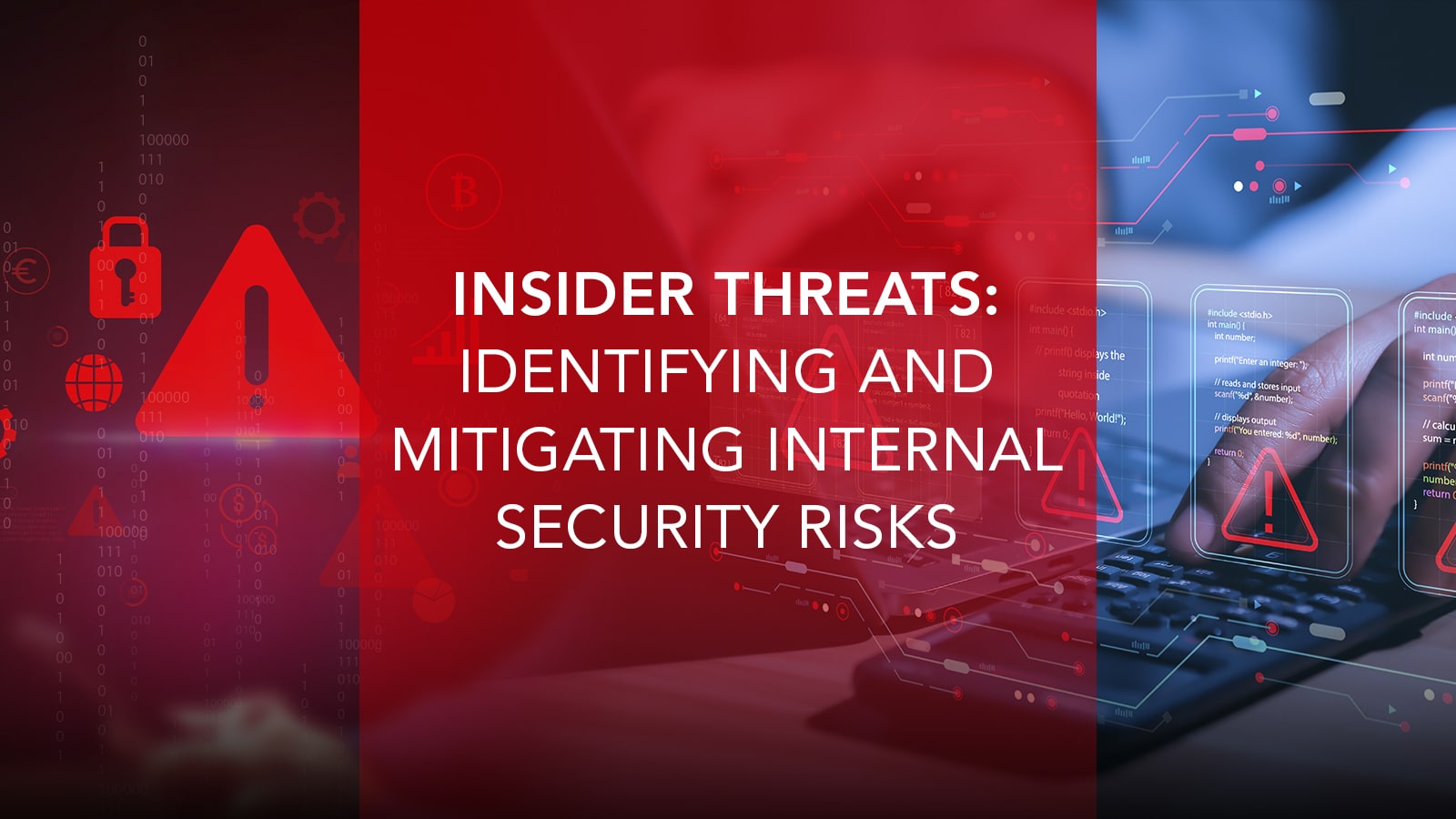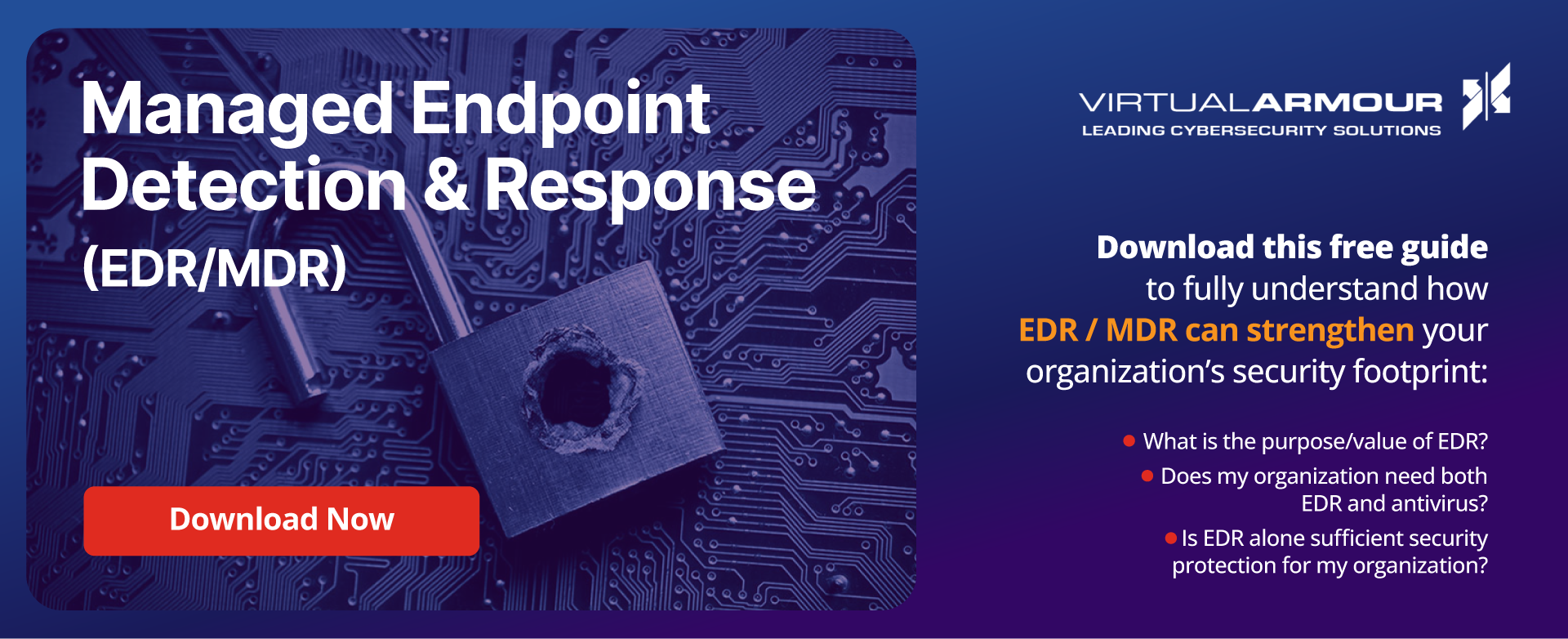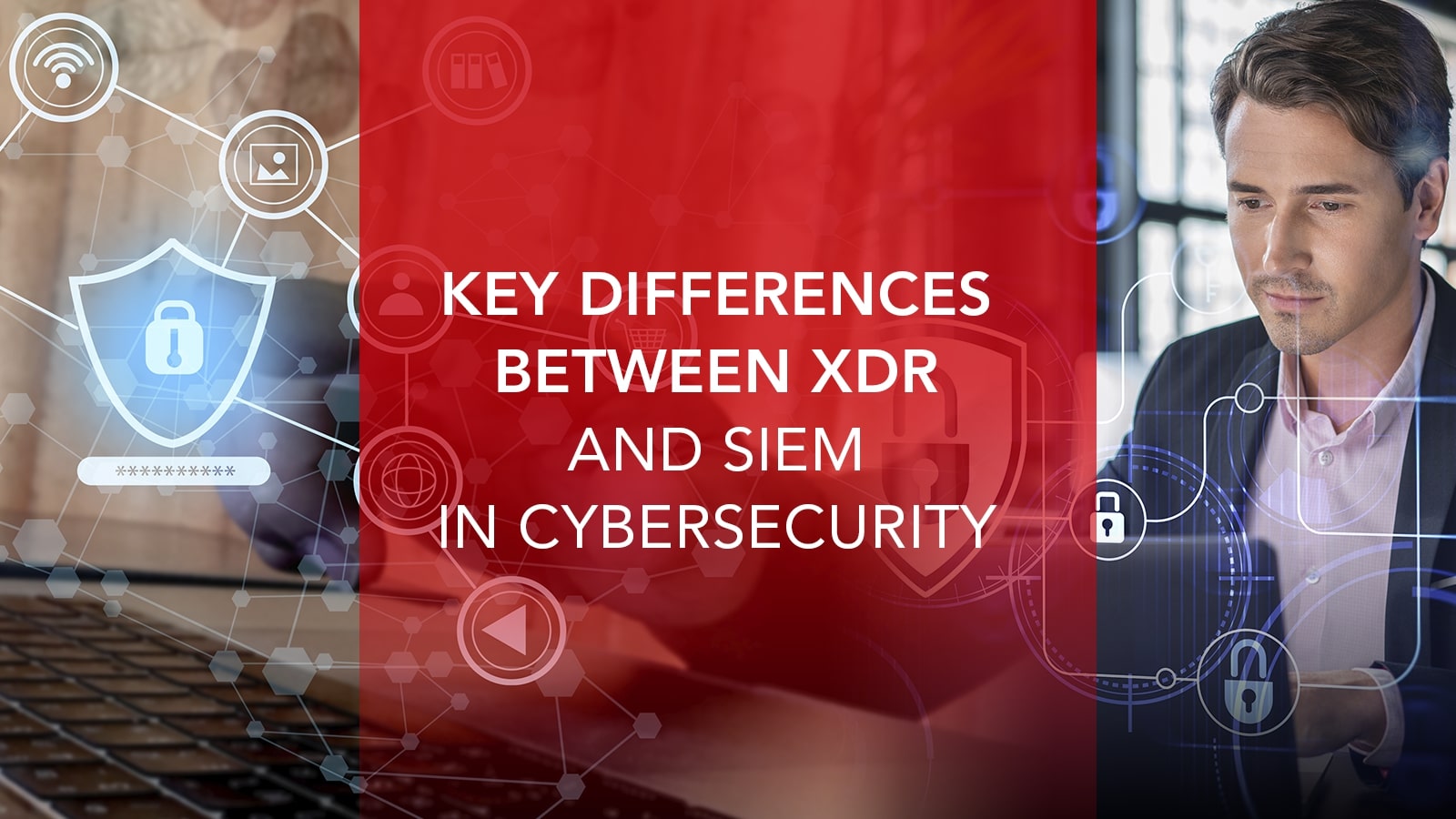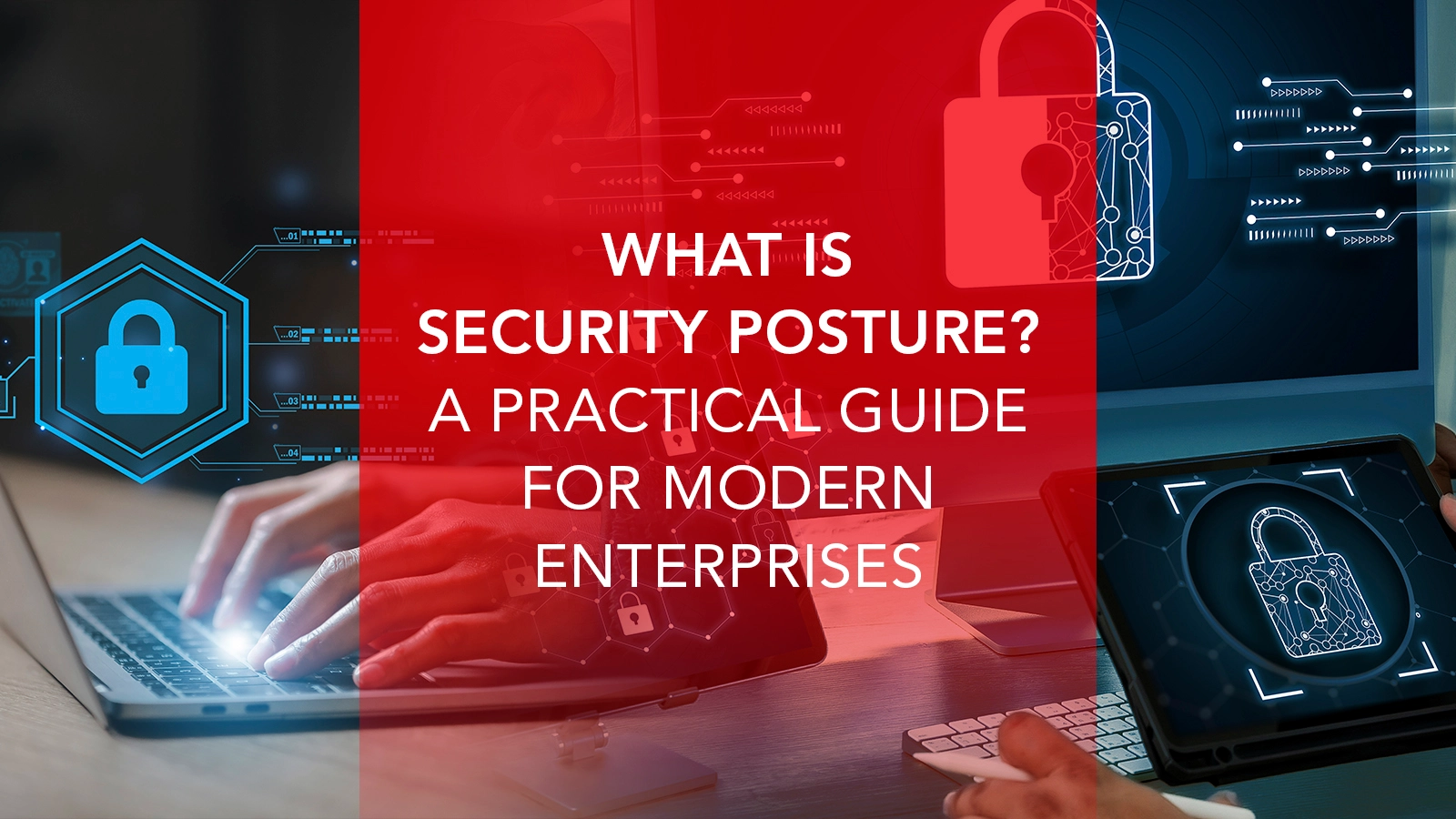In today’s cybersecurity environment, threats come from all angles. While outside hackers often grab the headlines, insider security threats–risks posed by employees, contractors, or partners with legitimate access to our networks–can be just as damaging, if not more so. These internal risks may stem from intentional misuse of data, such as data loss from internal actors, or simple human error, but in either case, they can compromise sensitive systems and data, disrupt operations, and cause significant financial loss. Understanding how these threats arise is the first step toward building effective defenses, starting with a clear picture of what insider security threats really are.
What are Insider Security Threats?
Internal security threats are threats that originate from individuals inside the organization or with internal access, such as employees, contractors, and vendors. These internal cybersecurity risks are notoriously hard to detect because these individuals already understand the systems, can blend in with normal activity, and often know how to avoid triggering security tools.
These threats can be malicious, involving deliberate misuse of credentials, or negligent, resulting from mistakes or carelessness. Even unintentional actions can have serious consequences. On average, containing an insider incident takes 77 days and can cost organizations an average of $5-7 million. This is an expensive reminder that internal risks deserve as much attention as external threats.
The Two Faces of Insider Threats: Malicious vs Negligent
Categorizing insider threats helps security teams better understand the risk landscape and tailor defenses accordingly. While both types originate from within, their motivations, methods, and prevention strategies differ.
Malicious Insider Threats
Malicious insiders act with intent to harm, often driven by revenge, financial gain, or collaboration with outside parties. They may commit employee data exfiltration, steal trade secrets, create hidden backdoors for future access, or misuse their privileges to bypass security controls. Because they already have trusted access, these individuals can operate quietly for extended periods, making detection especially difficult.
Negligent & Accidental Insider Threats
Negligent insiders don’t intend to cause harm but still introduce significant risk through mistakes, poor cyber hygiene, or falling victim to phishing or other social engineering attacks. Common examples of negligent employee threats include sending sensitive information to the wrong recipient, connecting unsafe personal devices to the network, or using weak passwords that attackers can easily crack.
Industry data underscores the scale of the problem: 40% of companies reported an increase in insider incidents, and 45% experienced five or more insider threat events within a single year. Whether driven by malice or mistake, both types of threats require continuous monitoring, strong access controls, and building a culture of security awareness.
Key Indicators of an Insider Threat
Early recognition of insider threat indicators is crucial to reducing their impact. By knowing what to look for, security teams can detect insider attacks promptly, respond effectively, and stop minor issues from escalating into major breaches.
Behavioral Anomalies
Behavioral anomalies are often the first clue. This might include employees accessing sensitive data at unusual hours, using unapproved applications, or showing sudden interest in information unrelated to their role.
Technical Signals
Technical signals can also reveal insider activity. Watch for unusual spikes in network traffic, disabled security tools, large file transfers to USB drives or cloud storage, or the use of unauthorized software and VPN connections. Integrating identity-based threat detection can help link suspicious activity directly to specific user profiles, improving the speed and accuracy of investigations.
Physical Device Risks
Physical device risks deserve equal attention. The use of unapproved USB drives, external hard drives, or personal laptops on the corporate network can bypass standard defenses. Monitoring for shadow IT–unsanctioned applications, devices, or unauthorized RMM tool usage–helps identify these hidden risks before they’re exploited.
High-Risk Industries and Who’s Most Vulnerable
While insider threats can strike any organization, some industries face a higher risk due to the sensitivity, volume, or value of the data they manage. Financial services, healthcare, manufacturing, government agencies, and utilities are frequent targets because they hold large stores of intellectual property, personal data, or critical infrastructure information–making these sectors especially vulnerable to corporate espionage. Robust corporate espionage detection measures are critical for protecting sensitive assets in these industries..
Within these industries, certain roles have greater exposure. System administrators, software developers, and customer service representatives often have greater access to systems and sensitive records. Vendors and third-party partners can also introduce risk, especially when they are granted network or data access without strict oversight.
For companies with significant intellectual property or large amounts of data, even a single compromised insider can cause exceptional damage–making proactive monitoring and strict access controls essential.
Strategies to Mitigate Insider Threats
The best way to protect your network from both internal and external risks is to follow a clear, actionable plan. A strong insider threat mitigation strategy combines people, processes, and technology to reduce risk and improve detection. These strategies will help you identify potential problems early, limit the damage if an incident occurs, and build a culture of security awareness across your organization.
Technology & Monitoring Tools
Technology is a critical first line of defense against insider threats. Deploy behavior-based endpoint detection and response (EDR), endpoint behavior monitoring, and security information and event management (SIEM) systems to identify suspicious activity in real time. Monitor for unauthorized remote monitoring and management (RMM) tools or VPNs that could mask malicious behavior. Implement User and Entity Behavior Analytics (UEBA) to flag deviations from normal patterns, including privilege misuse detection to catch abnormal or unauthorized escalation and use of access rights. Apply dynamic risk scoring to continuously assess the security posture of users and devices. Strengthen your defense with identity security measures and zero trust principles that verify every access request, regardless of source.
- Deploy behavior-based EDR and SIEM systems
- Monitor for unauthorized RMM tools or VPN use
- Implement UEBA to detect behavioral anomalies and privilege misuse
- Apply dynamic risk scoring for users and devices
- Enforce identity security and zero trust principles
Security Policies & Identity Access Management
Strong policies and tight access controls reduce the opportunities for insider threats to succeed. Follow the principle of least privilege (POLP) so users only have the access they need to perform their jobs. Enforce multi-factor authentication (MFA) and, where possible, conditional access rules to verify identity and location. Incorporate zero trust access control to require continuous verification of every user and device, limiting exposure even if credentials are compromised. Restrict USB device use, or require encryption and activity monitoring when they are allowed. Regularly monitor Active Directory for shadow admin accounts and stale credentials that could be exploited by malicious or compromised insiders.
- Apply the principle of least privilege (POLP)
- Enforce multi-factor authentication (MFA) and conditional access
- Implement zero trust access control for continuous user and device verification
- Limit or monitor USB and external device use; require encryption
- Regularly audit Active Directory for shadow admins and stale accounts
Employee Awareness & Culture
Even the best technology can be undermined by human error. Train employees on phishing awareness, strong password practices, and proper device use–including compliance with your USB security policy–to reduce the risk posed by negligent employees. Build a culture of security awareness and accountability, making security a shared responsibility across the organization. Ensure monitoring and policy enforcement are transparent so employees understand the reasons behind them–this fosters trust while reinforcing compliance.
- Provide training on phishing, password hygiene, and device security
- Promote a culture of security awareness and accountability
- Ensure transparency in monitoring and policy enforcement
Insider Threat Response: What to Do When it Happens
Even with strong prevention measures, insider threats can still occur. A well-prepared response plan ensures you can act quickly to limit damage and preserve evidence.
Start by setting up alerts for critical behaviors, such as large file transfers, privilege changes, or the installation of unauthorized software. This early warning gives your team precious time to act. Run regular incident response simulations so staff know exactly what to do when a threat is detected.
Have legal and HR processes ready to handle disciplinary actions, terminations, or law enforcement engagement in a compliant manner. Ensure comprehensive forensic logging is in place to track actions, support investigations, and, if necessary, provide evidence in legal proceedings.
When internal resources are stretched or specialized expertise is required, consider bringing in outside help, such as managed security service providers (MSSPs) like VirtualArmour. Our experts can assist by implementing and managing advanced detection, containment, and remediation products–helping your organization recover faster while reducing long-term risk.

Step-by-Step Workflow
1. Detection
- Set up real-time alerts for critical behaviors (large data transfers, privilege escalations, unauthorized software)
- Continuously monitor logs and behavior analytics
2. Initial Containment
- Isolate suspicious user accounts or devices to prevent further damage
- Temporarily restrict network or system access as needed
3. Investigation & Forensics
- Collect and preserve forensic logs and evidence
- Conduct a detailed analysis to understand the scope and impact
4. Engage Legal and HR
- Coordinate with legal and human resources for compliance and disciplinary action
- Prepare documentation for potential law enforcement involvement
5. Remediation & Recovery
- Remove malicious access, patch vulnerabilities, and reset credentials
- Restore affected systems and data from clean backups
6. Post-Incident Review & Improvement
- Conduct incident response simulations and update plans based on lessons learned
- Communicate findings and reinforce security training
7. Leverage External Expertise
- Engage MSSPs or cybersecurity consultants like VirtualArmour for advanced investigation and response support
Staying Ahead of Insider Threats
Insider threats may be an unavoidable reality, but they don’t have to become full-blown crises. Through continuous insider risk management–combining robust technical controls, skilled human oversight, and a culture of security awareness, organizations can detect insider attacks early, respond decisively, and minimize potential damage.
The most effective programs take a proactive approach–continuously monitoring for anomalies, refining access policies, and ensuring every employee understands their role in safeguarding the organization’s data.
If you’re ready to strengthen your defenses, explore VirtualArmour’s Managed Detection and Response (MDR) and Insider Threat Assessment services. Our team can help you identify vulnerabilities, implement best-in-class detection tools, and respond quickly to emerging risks–so you can stay one step ahead of insider security threats.






